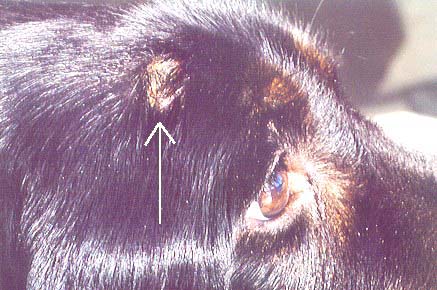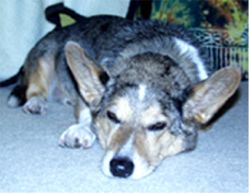What Is Blastomycosis In Dogs. Infected dogs do not typically serve as a source of infection for other dogs. Blastomycosis occurs most frequently in male dogs, but female dogs are also susceptible.

Canine blastomycosis is a type of yeast-like fungal infection caused by the fungus Blastomyces dermatitidis.
Blastomycosis should be considered in dogs with draining cutaneous nodules and signs of respiratory disease.
This fungus most commonly infects humans and animals through the respiratory tract. An infected dog could transmit blastomycosis to another animal through a bite, although this appears to be extremely rare. Most dogs get blastomycosis from inhaling fungal spores. Blastomycosis is a systemic fungal infection caused by an organism that thrives in rotting wood and wet soil. The infective form of the organism, the mycelial phase, is most likely to be found in sandy, acidic soil near bodies of fresh water. Animals with close proximity to water or overturned soil (i.e., construction sites) seem to be predisposed to disease.
The dogs (and humans) most at risk for contracting blastomycosis are those who live or spend time in damp areas where mold is prevalent. Blastomycosis is caused by a fungal mold, Blastomyces dermatitidis, associated with moist, slightly acidic soil and decomposing organic matter, such as wood and leaves. The classic presentation of Blastomycosis is a large breed dog with outdoor access, however the disease can be found in strictly indoor dogs as well as in cats. Blastomycosis in Dogs Blastomycosis is a systematic yeastlike fungal infection caused by the organism Blastomyces dermatitidis, which is commonly found in decaying wood and soil. Most dogs get blastomycosis from inhaling fungal spores. This fungus most commonly infects humans and animals through the respiratory tract.
Blastomycosis is caused by a fungal mold, Blastomyces dermatitidis, associated with moist, slightly acidic soil and decomposing organic matter, such as wood and leaves. After spores are inhaled, the fungus Blastomyces dermatitidis infects the lungs and then migrates to other organs. This fungus is most commonly found in decaying wood and soil, so dogs that spend a lot of time in the woods or in other damp conditions near riverbanks, lakes, and swamps have the highest risk for coming into contact with the fungus.






